A lick of paint can brighten up a room, but the right wallpaper can bring a whole new lease of life to a decorative scheme. Whether damask, geometric or floral, wallpaper can be used as the main focal point for a setting, bringing texture to a flat surface.
Heritage wallpapers in particular evoke historical meaning, adding narrative with tapestry-styles patterns. Take a scroll through our gallery of wallpapers with tips on how to choose archive designs that will suit your rooms, the best companies to shop from, and how to maximise
1
Why use heritage wallpaper

If the survival of the fittest is a theory that can be applied to decorating, historic wallpaper designs still produced today must be the best of the best.
Exuding 19th century charm, these parrots perched on bamboo stems work well due to the light colourings that result in a subtle design.
2
Choose redrawn heritage prints
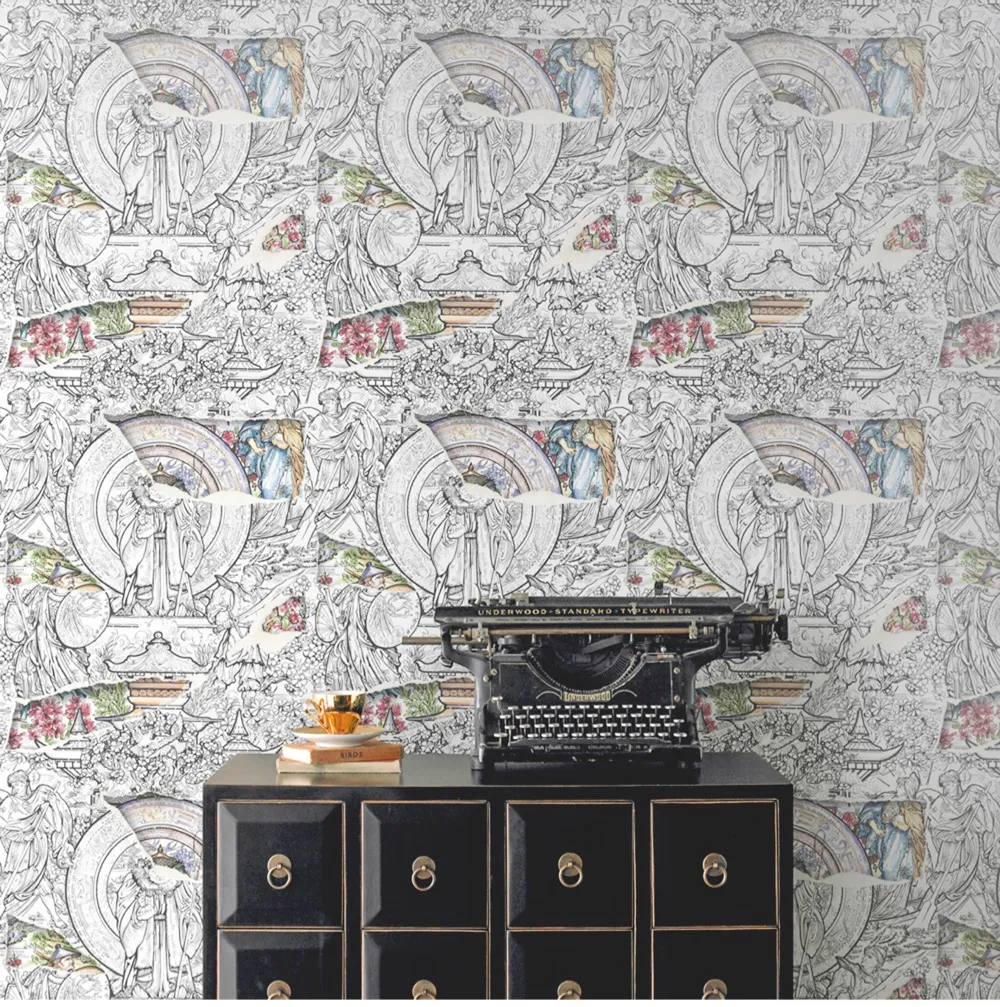
It is rare for historic designs to be reproduced exactly as they were. With this Graham & Brown example, designer Vicky Davison has created a layered effect combining the old pattern with fresh, re-coloured spaces.
3
Where to paste up archive designs
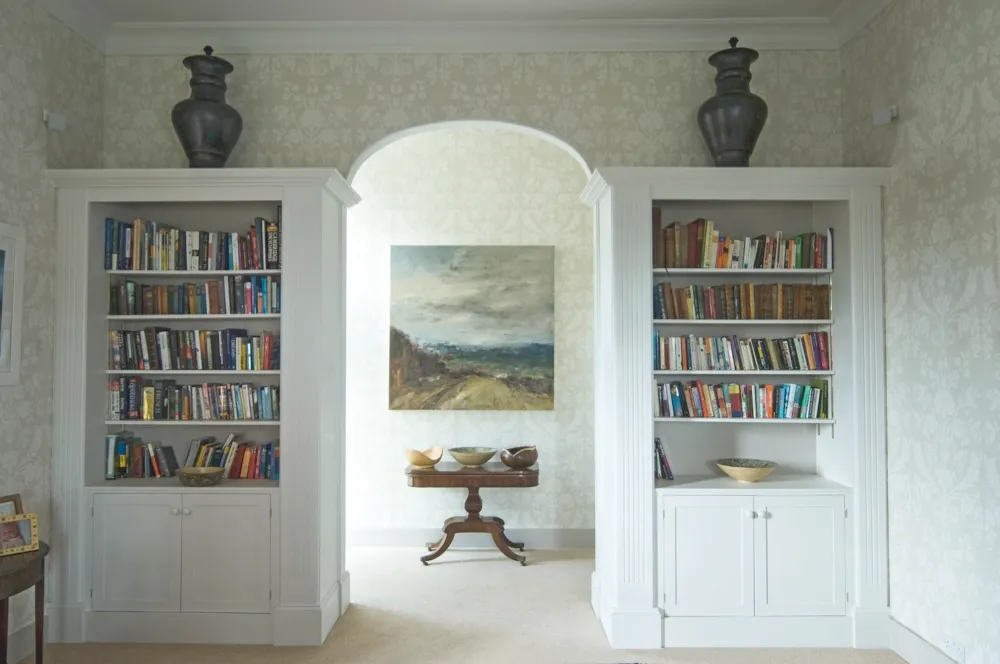
Back when wallpapers were more costly, the expensive scrolls were often saved for reception rooms to make an extravagant impression. Now, wallpapers can be used to highlight every feature of your home.
If you want to heighten a space, use vertical stripes to create prominence or open designs to create spaciousness. Opposingly, vibrant or dense pattern are often used in bedrooms to create a cosy feel.
Taken from a French damask design of the late 18th century, this 'St Antoine BP906', wallpaper, £112 per roll, Farrow & Ball, complements both a Regency tea table and contemporary wood bowls. Farrow & Ball is renowned for its use of heritage prints and wallpapers designed based on 18th-century fabric and designs. Check out some of these great designs inour list of the best Farrow & Ball wallpapers.
4
Discover iconic wallpaper designs
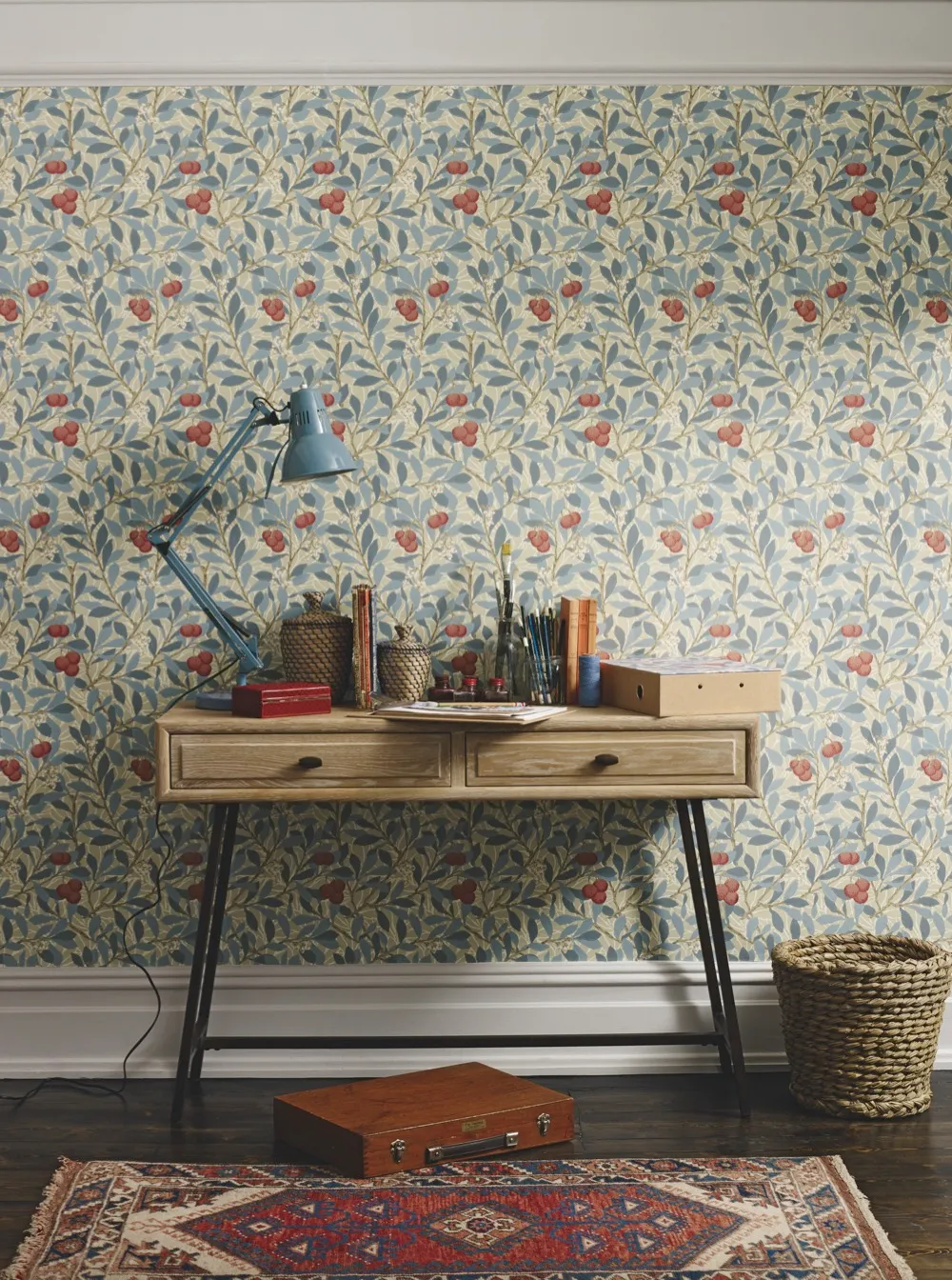
Traditional wallpaper designs often come with fine, floral motifs that display scenic images. With this scroll, the imagery of branches and leaves makes this repitious pattern subtle yet strong. This effect is fitting for homes that want to balance old and new with a classic feel.
Although this particular design was created after the death of William Morris, the naturalistic print is a continuation of his renowned patterns.
5
Choose a period that will complement your antiques
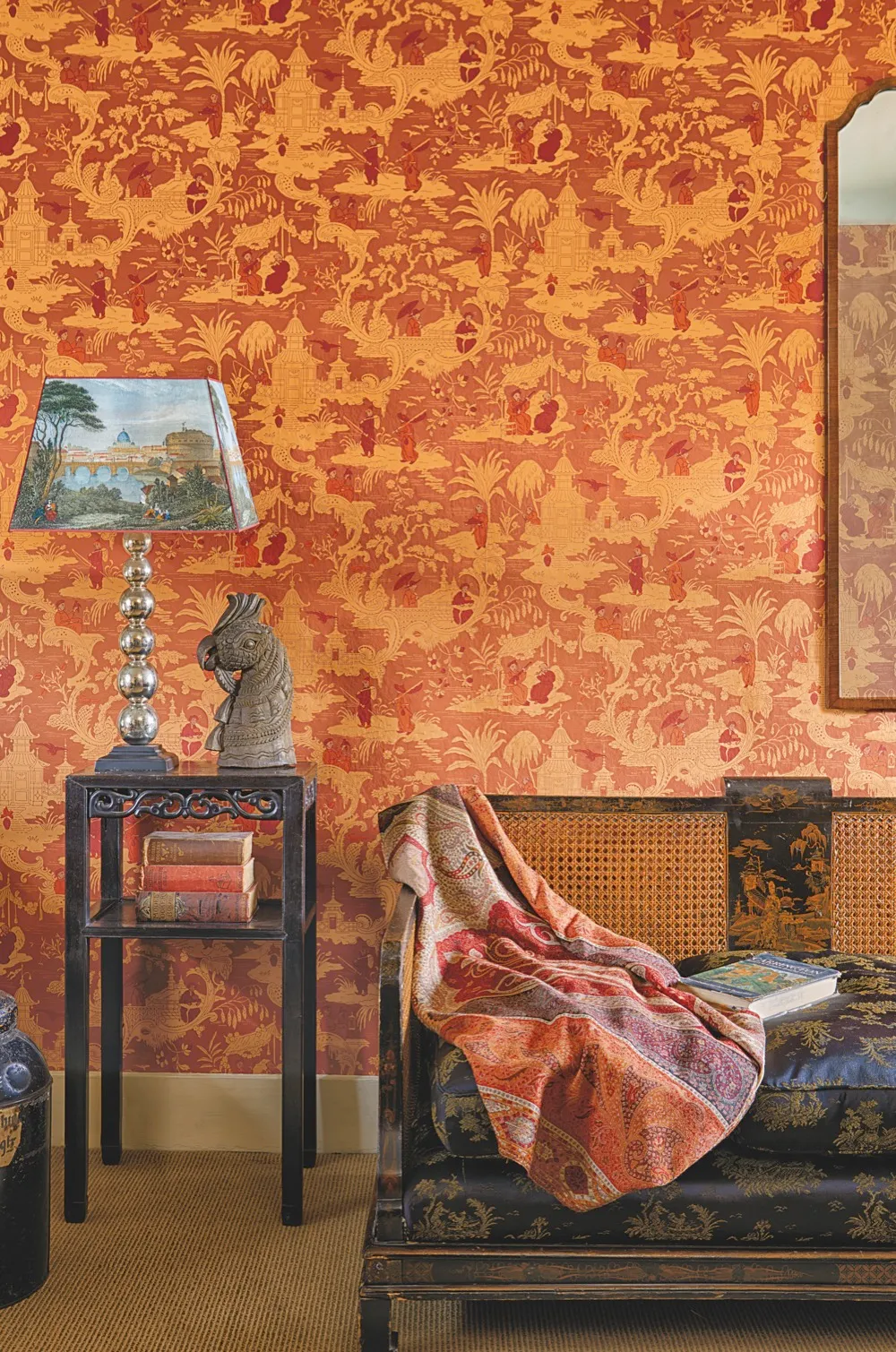
If you're feeling puzzled with what period wallpaper to choose, use your antiques as inspiration. Accomodate your favourite antique finds with wallpaper to match the period that they originate from. These darker oriental antiques have set the tone for a rich, orange toile by Cole & Son.
6
Hand-blocked or digitally remastered?

Hand-blocked papers come with unique irregularities and artisanal quality due to the nature of the printing process. Hand-blocked papers are labour intensive and require highly skilled artisans so it can be expensive, but they are true to histoical processes.
If you want a similar effect for a smaller price digitally remastered designs allow archive prints to be produced with new technology.
7
Every heritage wallpaper has a story
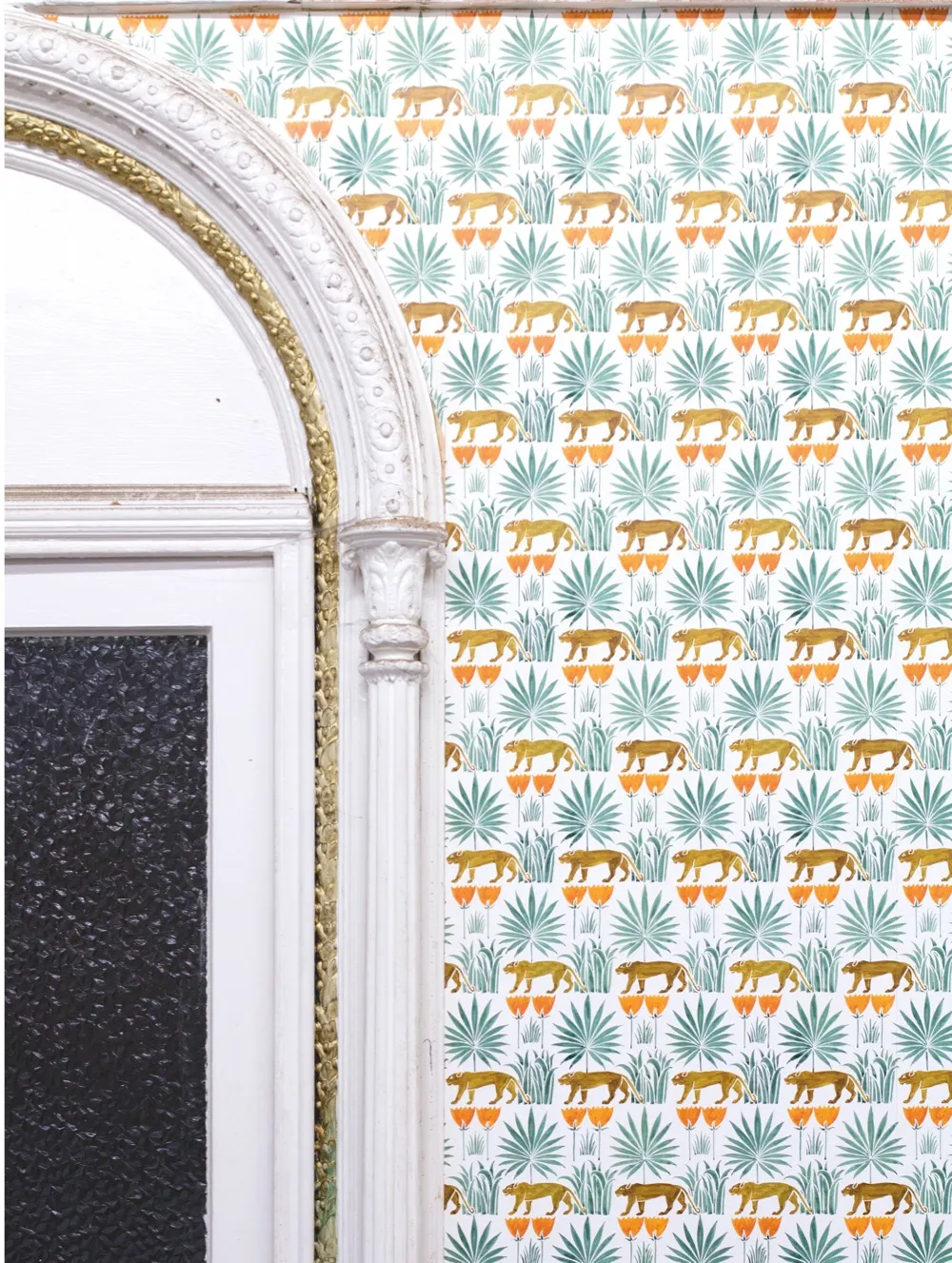
A charming feature of historic wallpaper prints is that they come with an abundance of stories. Often with manufacturers and museums, they keep the original drawings by the artists, as seen here with Charles Voysey's 'Lioness and Palms'. It was only later that the wallpaper was produced when discovered by Kate Hawkins of Common Room in the V&A.
This paper has the perfect mix of history and fun with the injection of colour against a white background. This design also proves that a modern touch can be in keeping with older details.
The full feature on choosing heritage wallpaper appeared in the June 2016 issue of Homes & Antiques.
Words: Ffion Riordan-Jones
